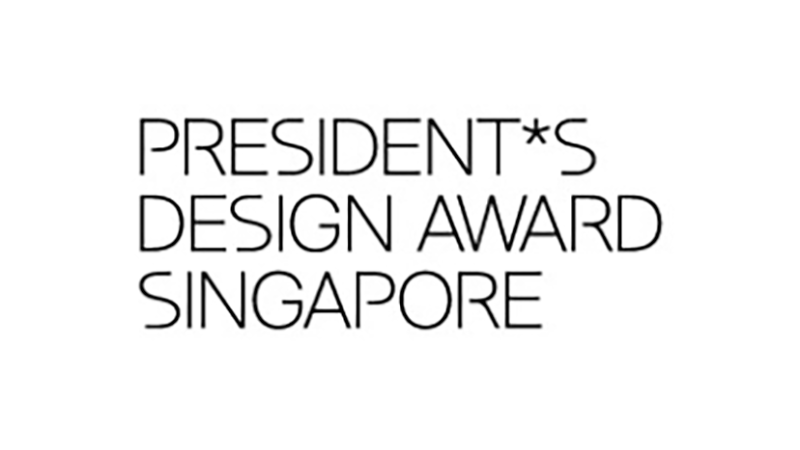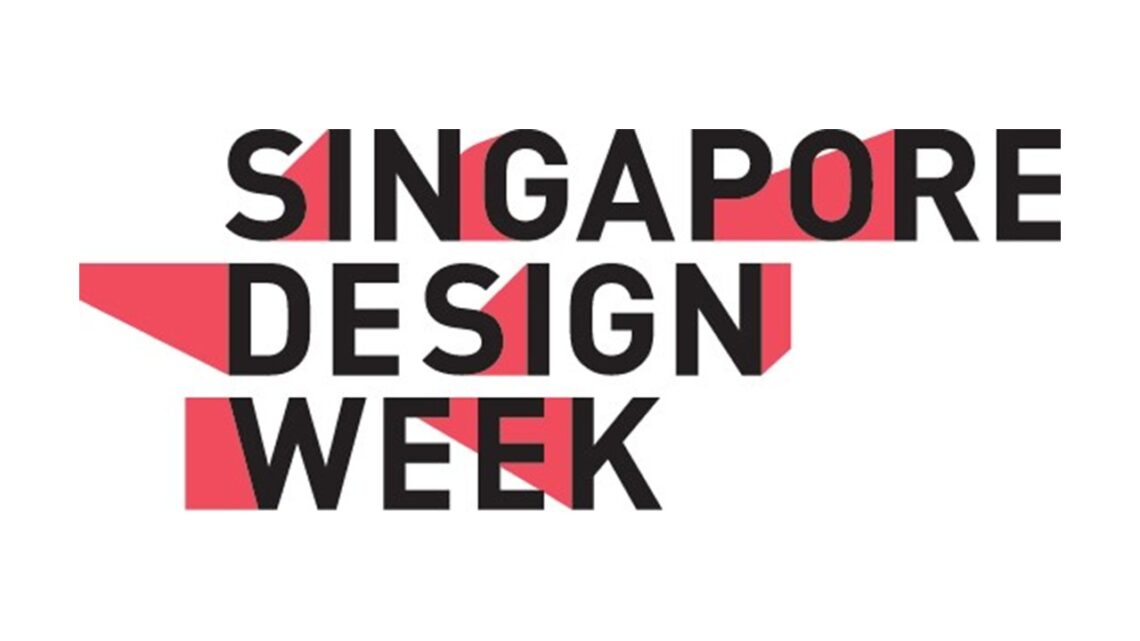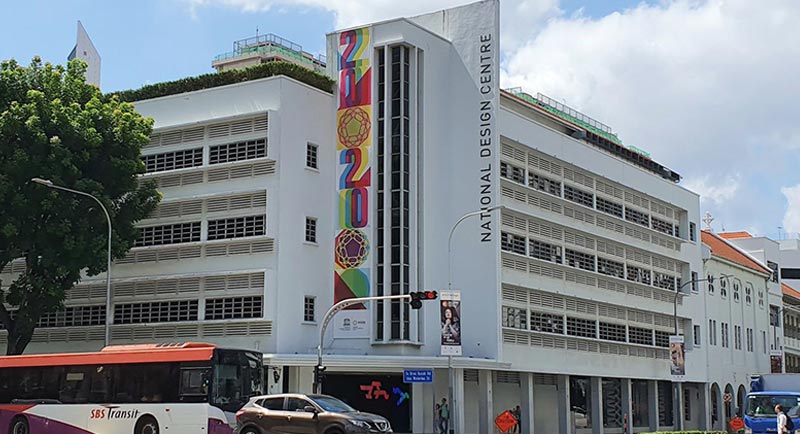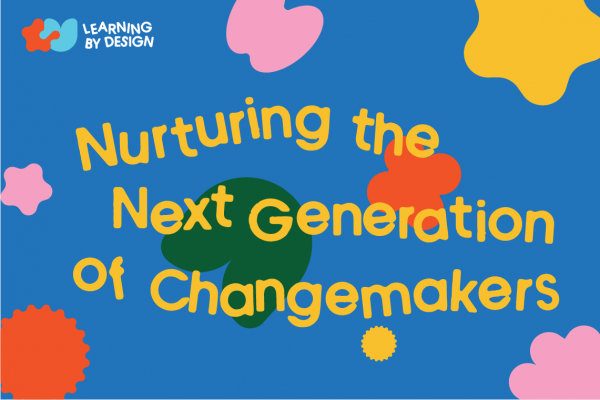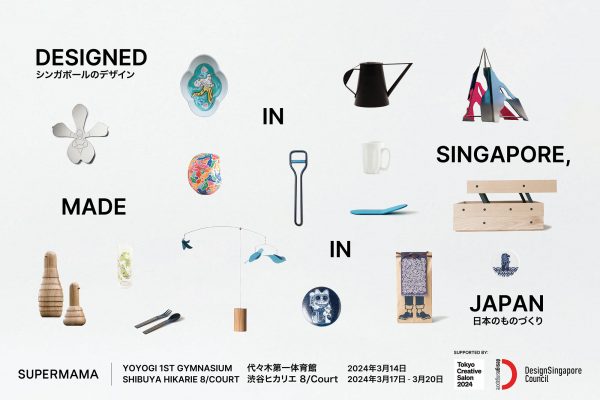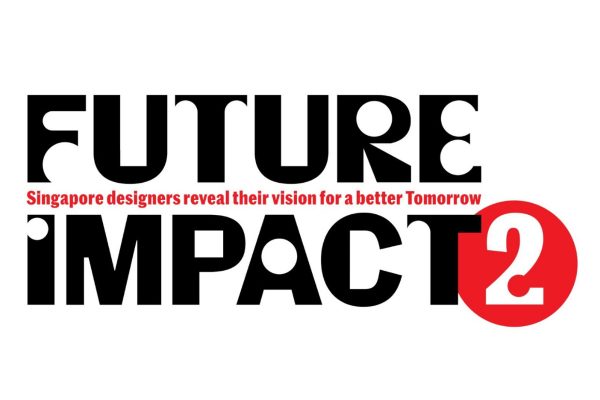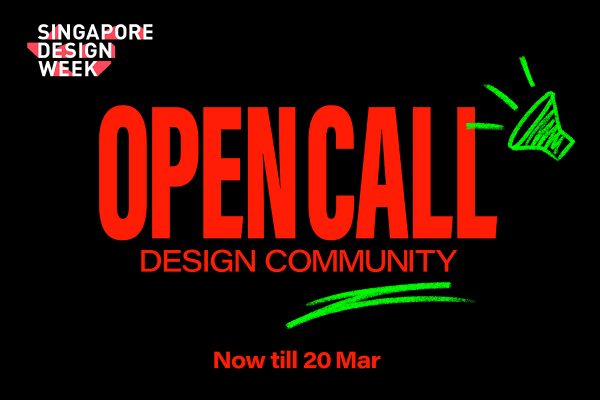Richard Perez, director of the Hasso Plattner Institute School of Design Thinking (d-school) at the University of Cape Town, is participating in the inaugural UNESCO Creative Cities of Design Forum, an event of the Singapore Design Week 2019. He shares his experience of teaching design thinking in South Africa.

In 2018, residents of Cape Town suffered one of the worst droughts in history. Dams were running dry; there was talk of an impending Day Zero, when the taps of 4 million people in the South African city would be shut off.
Although Day Zero never came – thanks to drastic reduction in water usage – the city continues to be at high risk of drought due to global warming. For the students at the Hasso Plattner Institute School of Design Thinking (d-school) based at the University of Cape Town (UCT), this urban water crisis was as real as it gets.
A challenge was posed to them by the City of Cape Town, one of the d-school’s project partners: Could they find a way for business and industry to influence Cape Town’s water consumption and relationship with water at home, work and play in a region facing high water scarcity?
Using Design Thinking (DT), one team responded with a guilt-free flushing concept that would result in a self-sustaining water-saving strategy.

Another challenge pitched by United Nations (UN) Women was: How might men contribute towards stopping violence against women and girls? A team proposed establishing a Boys2Mentor Network to empower undiscovered talented male mentors to impact the lives of younger male learners; another proposed an interactive and immersive choose-your-own adventure book series targeted at young boys.
“To work on real-world challenges, partnerships with public and private sectors are crucial,” says Richard Perez, founding director of the d-school in Cape Town, which was launched in early 2016. The school is the third Hasso Plattner Institute of Design Thinking in the world, after the ones in Potsdam and Stanford.
Perez points out that while project partners can decide if they want to implement the solutions, the school’s focus is to enable students, across disciplines, to solve problems using DT tools, principles and approach. “We would be cautious about presenting the work we do as trying to solve the world’s problems” he says.
DT, explains Perez, is an approach and mindset that addresses complex challenges in a holistic and innovative manner. Its human-centred approach places end-users and their needs are at the heart of things.

Core to the d-school is its Foundation Programme in Design Thinking. Run twice a year, this 12-week programme sees (predominantly post-graduate) students from diverse disciplines – from engineering to humanities, IT to commerce and health sciences – spending two days a week working on complex real-world challenges pitched to them by project partners such as Transport Cape Town, Standard Bank, and V&A Waterfront.
The d-school has also worked with UCT’s Engineering faculty to embed a DT component in their existing design curriculum. “The focus here is to get the young engineers to be more human-centred in their approach to solving problems. What’s important is ensuring that they design the right thing before they design it right,” says Perez, referring to the more challenging act of defining the right problem before proceeding to look for solutions.
Before his role at the d-school, Perez was the Director for World Design Capital 2014 at the City of Cape Town, where he was tasked to introduce DT to the organisation. The then executive mayor Patricia de Lille had been a believer of design’s power to solve problems differently.

Perez shares that the biggest misconception among students is that they think DT is a theoretical “thinking” programme when in fact, there is a lot of doing involved. “The biggest hurdle is educating them to see that the real value of design is not the end-artefact or end-service, but the thinking process and activity the designer had to follow to get there,” he adds.
With class sizes capped at 25, students are mentored by coaches where they learn the tools and process of DT through project work. It is through hands-on work that they begin to develop a DT mindset.
This includes learning to be comfortable with working with diverse teams. “Students will find themselves, after graduation, in environments where they need to work in multidisciplinary and multicultural teams. The d-school gives them the opportunity to form such teams in an environment where they are tasked to address complex real-world challenges,” said Perez.

The design thinkers also learn to embrace ambiguity and uncertainty (and maybe some chaos), and adopt an iterative fail-and-try-again mindset – all hallmarks of DT. “We teach them to hold the problem space for as long as possible and not rush into solution mode; to build and test prototypes, and allow solutions to emerge over time,” he explains.
As South Africa continues to look for ways to tackle its many pressing challenges, the role of d-school in nurturing a generation of South Africans (from diverse cultures and backgrounds) who see themselves as effective and creative problem solvers cannot be understated.
Advice for Educators
How can we better integrate design thinking into our schools? Richard Perez offers three tips.
- DT is a very intuitive mindset so do not over-complicate it. It should be social and fun.
- In order to ground its value, make references to organisations that are using DT very successfully, in ways that are making real impact.
- Assure students that DT is not only for “creative” people and work to break down these barriers so that everyone feels they can contribute.
